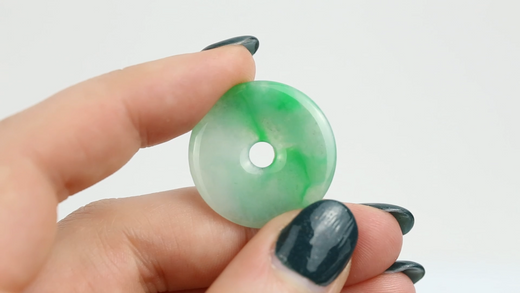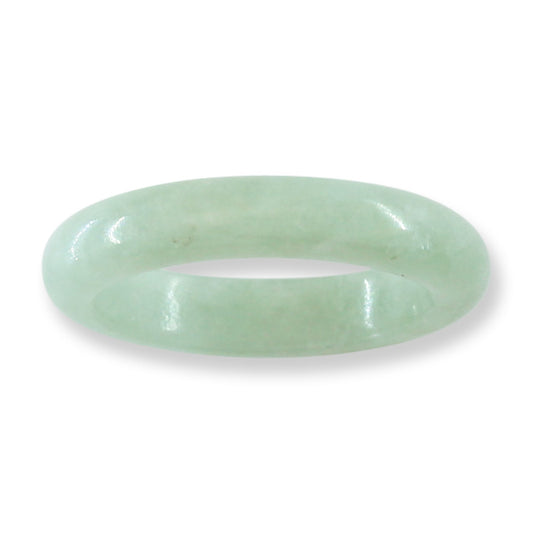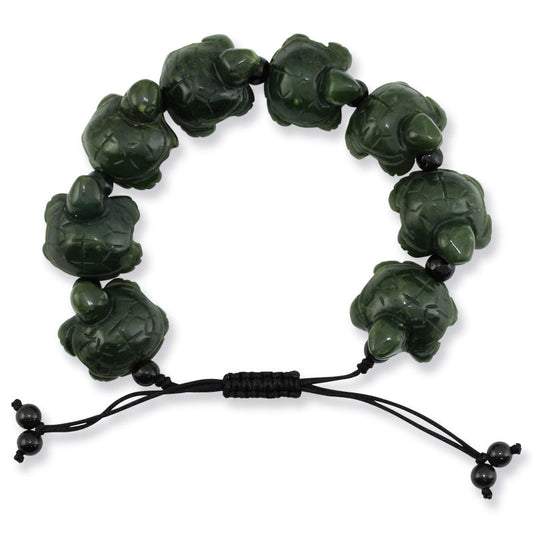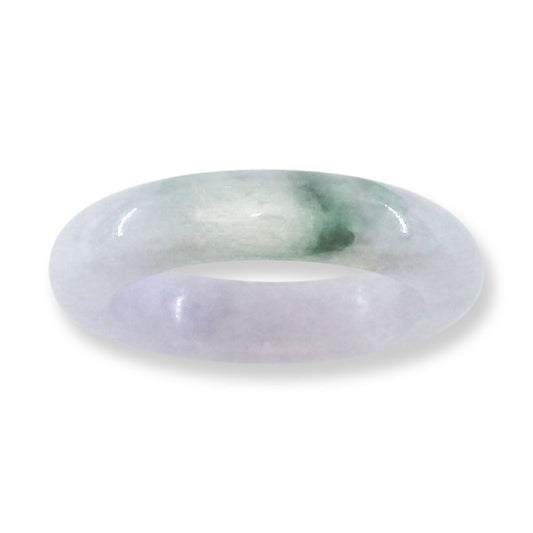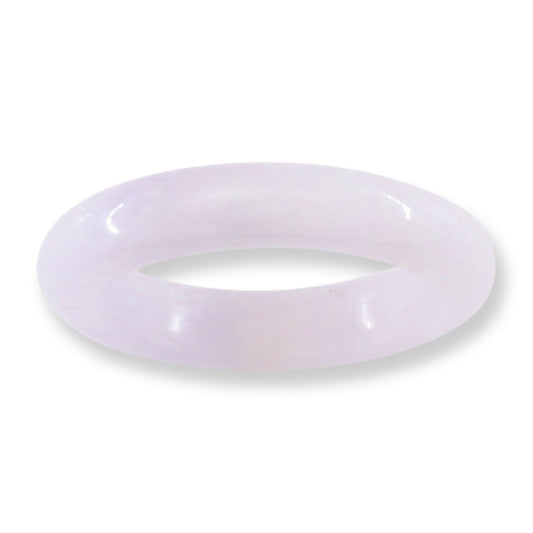Donut. Hololith. Perforated Disc. Ping an kou. Kou kou. Pi Disc. The iconic circular symbol we see so often in jade jewelry today goes by many names—but what is it, really?
Dating back to Neolithic times, the pi disc has been a part of nearly every Chinese dynasty. This ancient artifact is a circle with a perforation in the center, and its design has fascinated historians and gem enthusiasts alike for centuries.
According to Richard Gump’s Jade: Stone of Heaven, the pi’s central hole is typically about one-fifth the diameter of the disc itself. However, as noted in Veleanu’s Jade: 5000 BC to 1912 AD, Neolithic examples often feature larger holes, nearly half the size of the disc. Clearly, there’s no strict rule for what constitutes a pi—its proportions can vary widely.
What does the pi symbolize?
Some speculate its original purpose was functional—perhaps it was hung from a string and struck to produce sound, or it might have symbolized a circular stone axe or served as an astronomical instrument. The most widely accepted theory, however, is that the jade pi was a symbol of heaven.
Because Neolithic societies lacked a developed written language—or at least one that has survived to the modern era—the true meaning of the pi remains speculative. Still, its enduring presence and cultural significance make it one of the most fascinating symbols in jade history.
What does the pi mean to you? Whether you wear it for its ancient symbolism or simply for its beauty, this timeless design continues to inspire curiosity and admiration.
The History of the Pi
The ancient meaning of the pi disc has been inferred through its archaeological context. While interpretations may vary, historians generally agree that its shape—simple yet profound—represents heaven, the sun, or the sky. However, it’s essential to recognize that “heaven” likely carried a different meaning for ancient Chinese societies than it does in modern contexts.
Over time, the significance of the pi evolved alongside Chinese culture and philosophy. In the Neolithic and Shang dynasties, it likely symbolized heaven. By the Zhou dynasty, its meaning shifted to reflect virtue. During the Han dynasty, the pi came to represent protection and immortality. After the fall of the Han, its purpose became more decorative, losing some of its earlier spiritual weight.
Of course, this progression is an oversimplification. China’s rich and intricate history defies neat summaries, but it’s clear that the pi’s symbolism changed as societal values and beliefs evolved.
The history of the pi is deeply intertwined with the history of jade in China, both tracing their origins back to Neolithic societies. Early Neolithic China was remarkably sophisticated, laying the groundwork for millennia of Chinese civilization.
The earliest known jades, including pi discs, are attributed to the Hongshan culture of Northeast China. This society crafted intricate jade carvings of animals, humans, and other forms—including pi discs. For an in-depth look, the book Jade: 5000 BC to 1912 AD offers a fascinating collection of jade artifacts from Hongshan, showcasing their remarkable artistry.
Liangzhu culture, another major jade-producing society, contributed significantly to the pi’s history. Archaeologists have uncovered numerous jade discs from this era, highlighting their importance in ritual and social contexts.
While jade artifacts, including pi discs, predate the Shang dynasty, it was under Shang rule that jade began to hold a central place in Chinese culture. From there, jade and the pi disc became enduring symbols of Chinese civilization, continuing to captivate us with their beauty and mystery.

The Pi in Chinese Lore
Did you know the pi disc was historically linked to the heart, a Chinese symbol of intelligence and wisdom?
This association traces back to the story of Pi Kan, a minister during the Shang Dynasty who stood against the immoral King Zhou. Pi Kan confronted the king over his cruelty and was sentenced to death for his principles.
According to Chinese folklore, his heart was removed as punishment, but it was preserved by the people as a testament to his wisdom and intellect.
In ancient Chinese belief, the heart was considered the seat of intelligence and the source of wisdom. Over time, the pi disc became a symbol of Pi Kan’s virtue and insight. While the tale originated during the Zhou Dynasty, it likely gained its cultural significance during the Han Dynasty, when such stories were woven into the fabric of Chinese traditions.

How does a cutter determine whether to cut a pi?
When examining jade rough, cutters often prioritize the potential shapes they can carve, with bangles being the most in-demand.
Pi discs are also a popular choice, but their selection depends on the quality and characteristics of the rough. For instance, cabochons (cabs) can sometimes be more valuable than discs when cut from the same material because they can achieve a fine "glow" when crafted with precision, thanks to their curved surfaces enhancing light play.
While pi discs can display excellent translucency, they lack the quality often called “inner glow” that defines a high quality cab. Thickness is a critical factor in this decision-making process; if the rough has sufficient depth, a cabochon is often favored over a disc to maximize the material's visual and monetary value.
Learn more here

